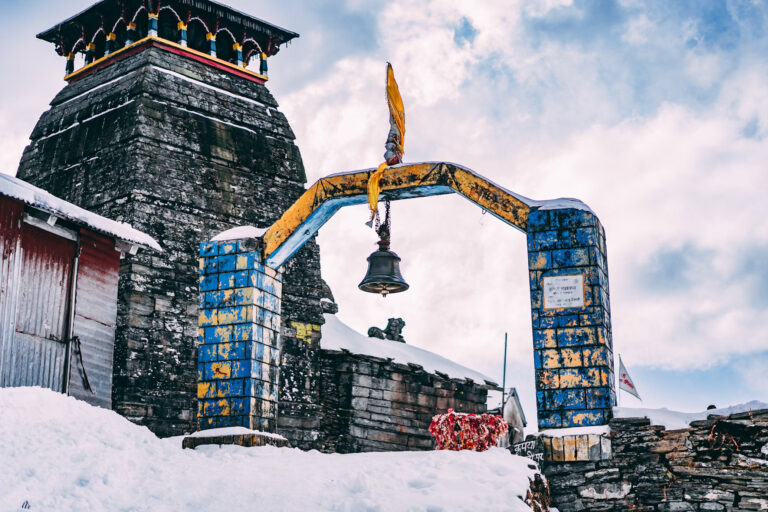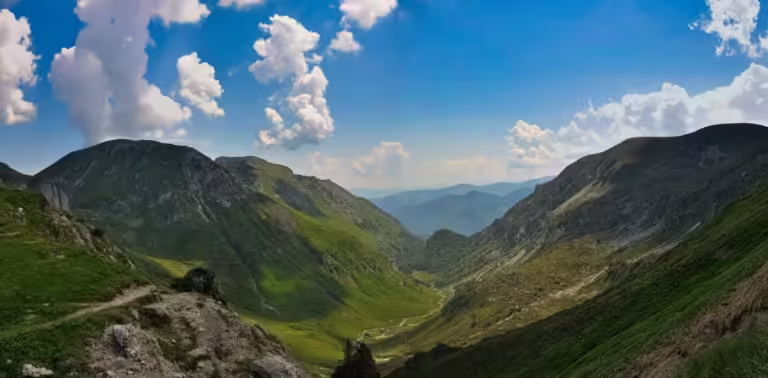The Chardham Yatra, comprising the revered sites of Yamunotri, Gangotri, Kedarnath, and Badrinath, is a pilgrimage that millions of devotees embark upon each year. While the temples hold immense spiritual significance, the natural beauty surrounding these sacred sites is equally mesmerizing. Here’s a guide to exploring the stunning landscapes that make the Chardham Yatra an unforgettable journey.
Yamunotri: The Source of the Yamuna
Pristine Glaciers
Yamunotri, the source of the Yamuna River, is surrounded by pristine glaciers and lush greenery. The Yamunotri Glacier is a breathtaking sight, offering a serene environment perfect for reflection and admiration of nature’s grandeur.
Surya Kund
Not far from the temple is Surya Kund, a hot water spring where pilgrims often cook rice and potatoes as offerings. The vibrant colors and steaming waters against the backdrop of the surrounding peaks create a surreal experience.
Gangotri: The Origin of the Ganges
Enchanting Waterfalls
Gangotri, the origin of the sacred Ganges River, is home to enchanting waterfalls like the Surya Kund and Gauri Kund. These cascades offer picturesque spots for photography and quiet moments of contemplation.
Dense Forests
The area around Gangotri is enveloped by dense forests of deodar and pine. These verdant woods are ideal for trekking and nature walks, allowing visitors to immerse themselves in the tranquility of the Himalayas.
Kedarnath: The Abode of Shiva
Majestic Mountains
Kedarnath, nestled at the base of the majestic Kedarnath range, offers panoramic views of snow-capped peaks. The journey to Kedarnath, whether by foot or helicopter, provides ample opportunities to witness these awe-inspiring mountains up close.
Chorabari Lake
Just a short trek from Kedarnath is Chorabari Lake, also known as Gandhi Sarovar. This crystal-clear glacial lake reflects the surrounding peaks and offers a peaceful retreat for those seeking solitude and natural beauty.
Badrinath: The Land of Narayana
Alaknanda River
Badrinath is set on the banks of the Alaknanda River, whose turquoise waters flow swiftly through the valley. The sound of the river coupled with the sight of the distant snow-clad mountains makes for a picturesque setting.
Valley of Flowers
A short distance from Badrinath lies the UNESCO World Heritage site, the Valley of Flowers. This vibrant valley, blooming with a myriad of alpine flowers, is a paradise for nature lovers and photographers. The trek to this valley is both challenging and rewarding, offering stunning vistas at every turn.
Connecting with Nature
Trekking Routes
Throughout the Chardham Yatra, numerous trekking routes offer opportunities to explore the natural beauty up close. Trails like the trek from Gangotri to Gaumukh, the source of the Ganges, are particularly popular among adventure enthusiasts.
Wildlife Encounters
The diverse ecosystems around the Chardham sites are home to various wildlife species. Bird watchers and wildlife enthusiasts can spot Himalayan birds, musk deer, and even the elusive snow leopard in these regions.
Conclusion
While the Chardham Yatra is primarily a spiritual pilgrimage, the natural beauty that envelops these sacred sites enhances the experience manifold. The serene landscapes, majestic mountains, and tranquil rivers provide a perfect backdrop for spiritual reflection and connection with nature. Thus, exploring the natural beauty beyond the Chardham temples not only enriches the pilgrimage but also offers a deeper appreciation of the Himalayan wonders.






